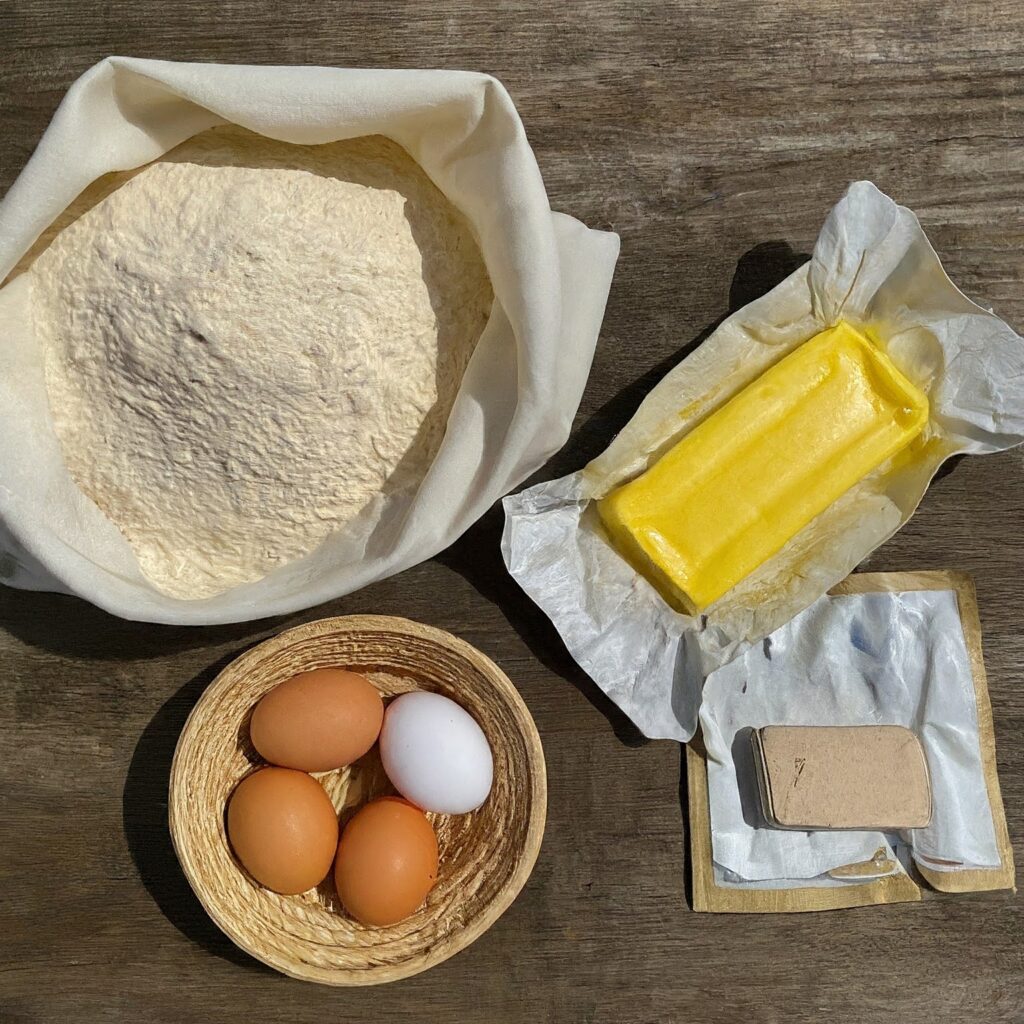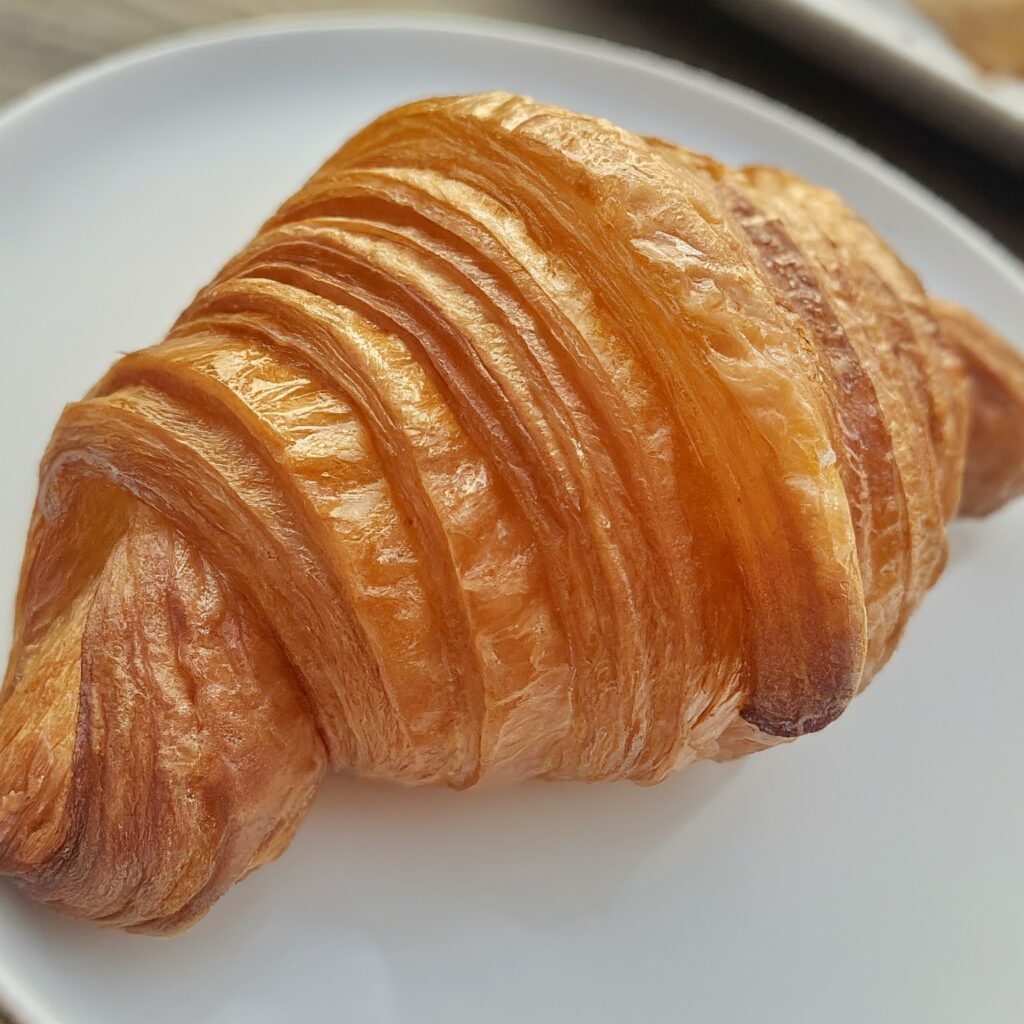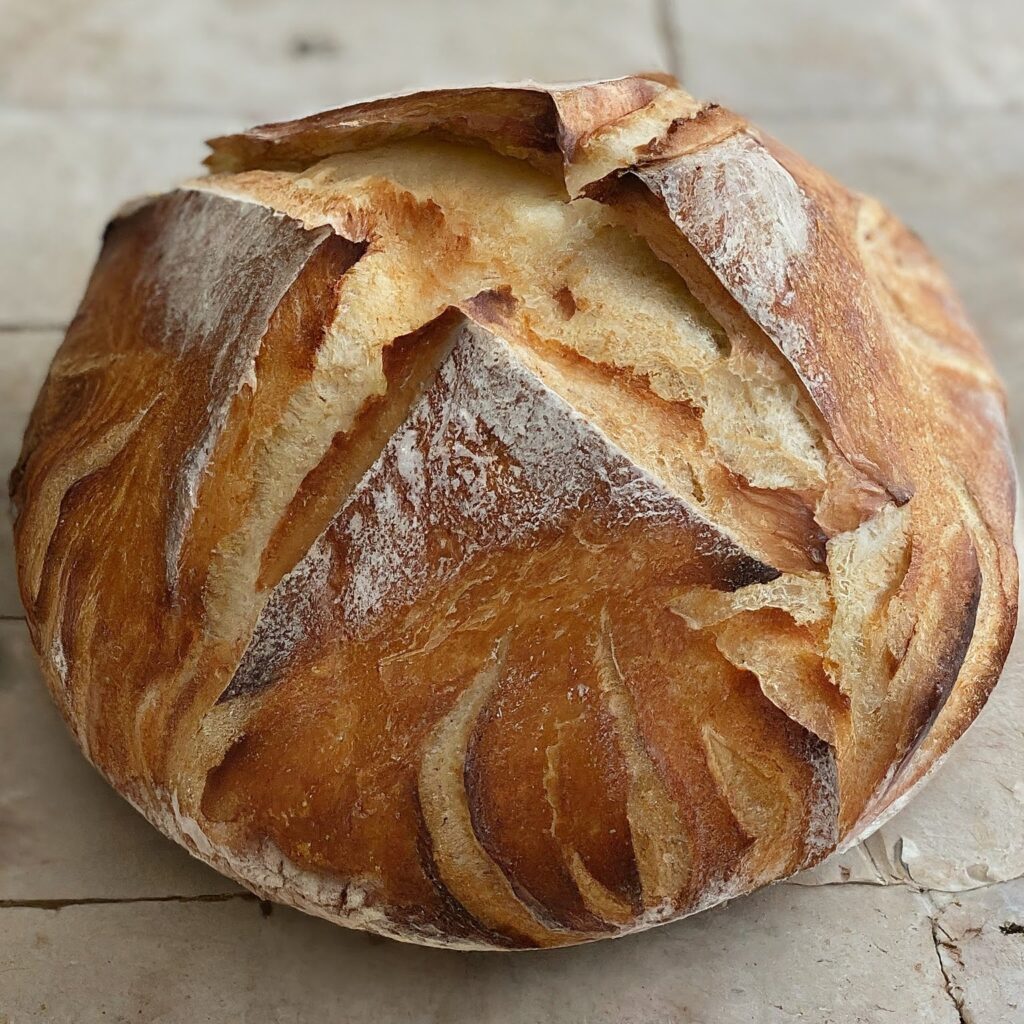Introduction to French Baking
French baking is synonymous with culinary excellence, known for its delicate textures, rich flavors, and meticulous techniques. Whether it’s the crisp crust of a baguette, the flaky layers of a croissant, or the soft, buttery goodness of brioche, French baked goods have a unique charm that has captivated taste buds worldwide. The art of French baking is not just about following recipes but understanding the techniques and ingredients that create these iconic treats.
Key Ingredients and Techniques

- Butter: High-quality butter is essential in French baking, contributing to the rich flavor and tender crumb of pastries and breads.
- Yeast: Active dry yeast or fresh yeast is used for leavening, giving bread its rise and airy texture.
- Flour: French bakers often use Type 55 flour for its ideal protein content, which helps in creating the perfect structure.
- Lamination: This technique involves folding butter into dough multiple times to create layers, essential for croissants and puff pastry.
- Fermentation: Allowing dough to ferment and rise slowly develops flavor and texture.
Popular French Baked Goods
- Baguette: The quintessential French bread, known for its crispy crust and chewy interior.

- Croissant: A buttery, flaky pastry made through the process of lamination.

- Brioche: A rich, tender bread made with eggs and butter, often enjoyed as a breakfast treat or dessert.

- Pain d’Épi: Shaped like a stalk of wheat, this variation of the baguette is both visually stunning and delicious.

- Pain au Chocolat: Similar to a croissant but filled with rich chocolate, perfect for a sweet breakfast or snack.

Step-by-Step Guide to Baking a Classic French Bread: Baguette
- Ingredients:
- 500g Type 55 flour (or bread flour)
- 325ml water
- 10g salt
- 5g active dry yeast
- Instructions:
- Mixing: In a large bowl, combine flour and salt. Dissolve yeast in water, then add to the flour mixture. Mix until a rough dough forms.
- Kneading: Knead the dough on a lightly floured surface until smooth and elastic, about 10-15 minutes.
- First Rise: Place the dough in a lightly oiled bowl, cover with a damp cloth, and let it rise at room temperature for about 1-2 hours, or until doubled in size.
- Shaping: Divide the dough into 3 equal pieces. Shape each piece into a long, thin loaf by flattening the dough into a rectangle, then folding it over itself and sealing the edges.
- Second Rise: Place the shaped loaves on a floured cloth or parchment paper, cover, and let rise for another 45 minutes.
- Baking: Preheat the oven to 475°F (245°C) with a baking stone or an inverted baking sheet inside. Transfer the loaves to the hot stone or sheet, slash the tops with a sharp knife, and bake for 20-25 minutes until golden brown and crusty.
Tips for Achieving Perfect Results in French Baking

- Use High-Quality Ingredients: Invest in good-quality butter, flour, and yeast for the best results.
- Pay Attention to Temperature: Yeast is sensitive to temperature, so ensure your water is warm but not hot, and maintain a consistent environment for rising dough.
- Practice Lamination: If making croissants or puff pastry, practice the lamination process to create those perfect flaky layers.
- Mind the Timing: Allow enough time for fermentation and rising, as rushing these processes can affect the final product.
- Perfect Your Techniques: Watch tutorials, take baking classes, and practice regularly to master the essential techniques.
